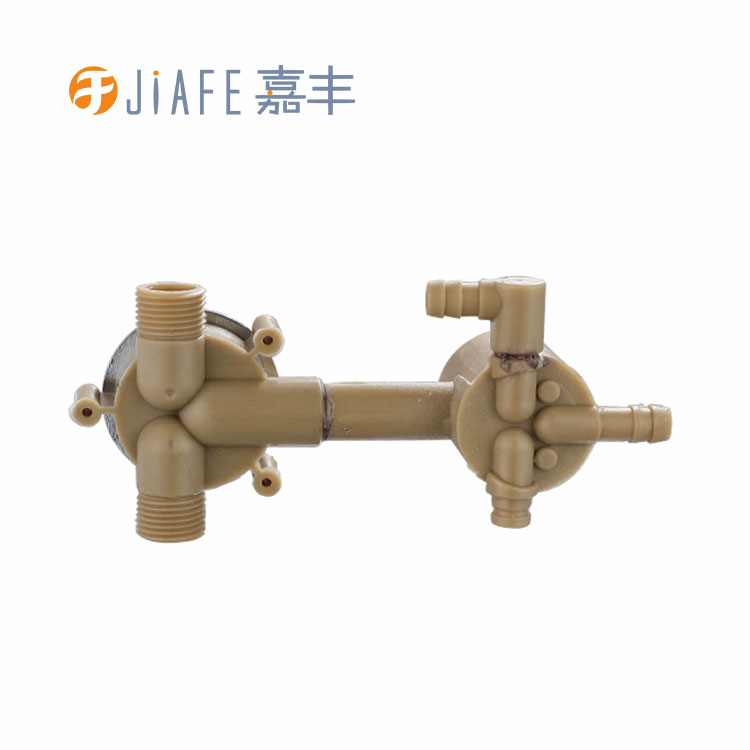Here's how you can create a two-speed faucet
2024-04-09
A two-speed faucet typically refers to a faucet with two flow rate options: a regular flow rate and a reduced flow rate for water conservation purposes. Here's how you can create a two-speed faucet:
1. Selecting the Faucet: Choose a faucet that allows you to adjust the flow rate. Look for models with a built-in aerator or flow restrictor that can be adjusted to control the flow of water.
2. Installing the Faucet:
- Turn off the water supply to the faucet.
- Remove the existing faucet (if applicable) by loosening the mounting nuts and disconnecting the water supply lines.
- Install the new faucet according to the manufacturer's instructions. Make sure to use plumber's tape or thread sealant on the connections to prevent leaks.
3. Adjusting the Flow Rate:
- Many faucets come with aerators that can be unscrewed and replaced with a different flow restrictor to control the flow rate.
- Locate the aerator at the tip of the faucet spout and unscrew it using pliers or a wrench.
- Replace the existing aerator with one that has a lower flow restrictor to reduce the flow rate. Alternatively, you can remove the aerator altogether for a higher flow rate.
- Test the faucet to ensure the flow rate is adjusted to your preference.
4. Using the Two-Speed Faucet:
- Depending on your needs, you can switch between the regular flow rate and the reduced flow rate by adjusting the aerator or flow restrictor.
- Use the regular flow rate for tasks that require a higher volume of water, such as filling pots or pans.
- Use the reduced flow rate for tasks that require less water, such as washing hands or rinsing dishes.
5. Maintenance:
- Regularly clean the aerator to remove any buildup of sediment or debris that may affect the flow rate.
- Check for leaks around the faucet and tighten any loose connections as needed.
By following these steps, you can create a two-speed faucet that provides you with the flexibility to adjust the flow rate according to your needs while also promoting water conservation.



